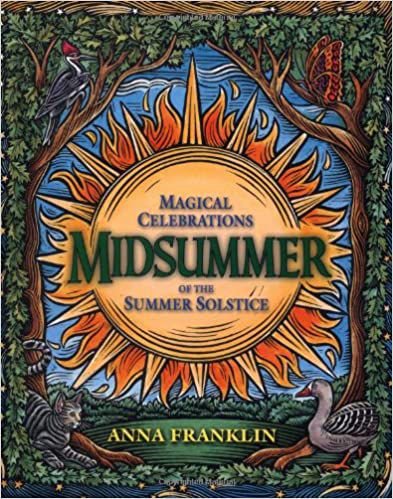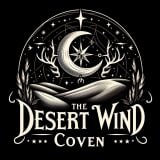In Ireland large communal fires were lit and there would be music, dancing, and merriment around them. Some were so huge that a ladder was required to set the final fuel on the top. According to Lady Wilde, the young men would strip to the waist and leap backward and forward over the flames a number of times. The one who braved the greatest blaze was considered the victor over the powers of evil and was greeted with applause. When the fires had burned lower, the young girls would jump through, leaping backward and forward three times for luck and a speedy marriage.
The married women then walked through the embers of the fire, and finally when the fire was all but burnt out the yearling cattle were led through the warm ashes. A hazel twig would be set alight and drawn over the backs of the animals. These twigs were then considered fertility charms and used thereafter to drive the cattle to and from watering places. Eventually, after singing and storytelling, everyone would take a brand from the fire to their homes to rekindle the hearth fire. This had to be done without dropping the brand or letting it go out, and the men competed to be the first to reach home with a brand, for he brought the luck of the year with him.
Broken rosaries, religious statuettes, and books were thrown into the fire as a pious way of disposing of them. People would parade around the fire saying their rosaries or casting a pebble into the flames at the end of each prayer. The ashes would be taken home to sprinkle on the fields as a fertility charm or given to the old and sick to help ease their passing. The ashes were also used in charms to cure various diseases.



